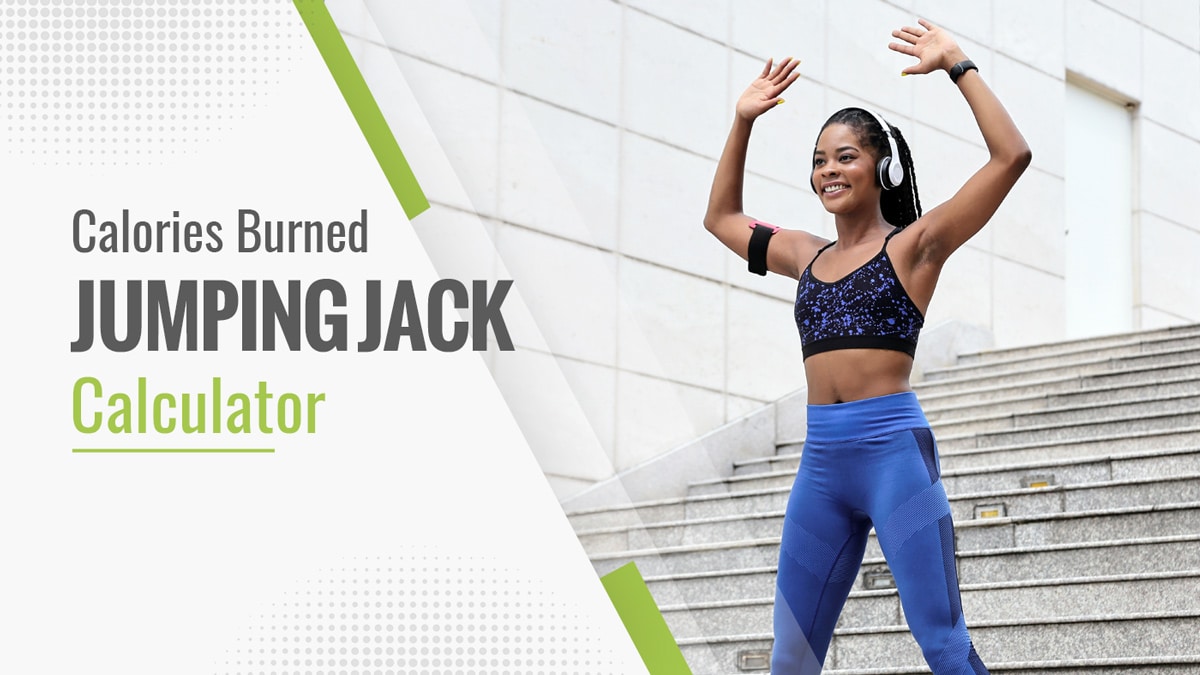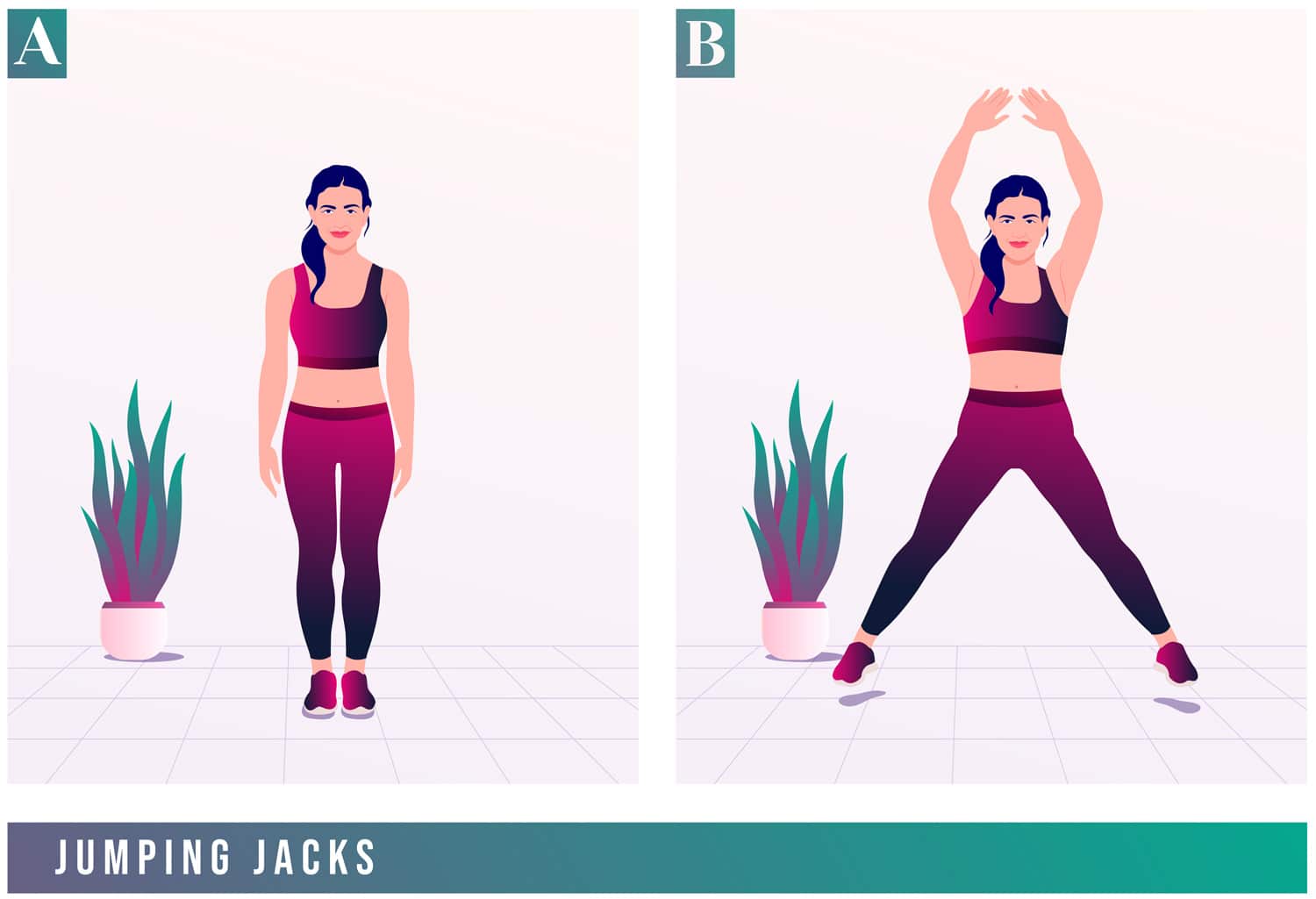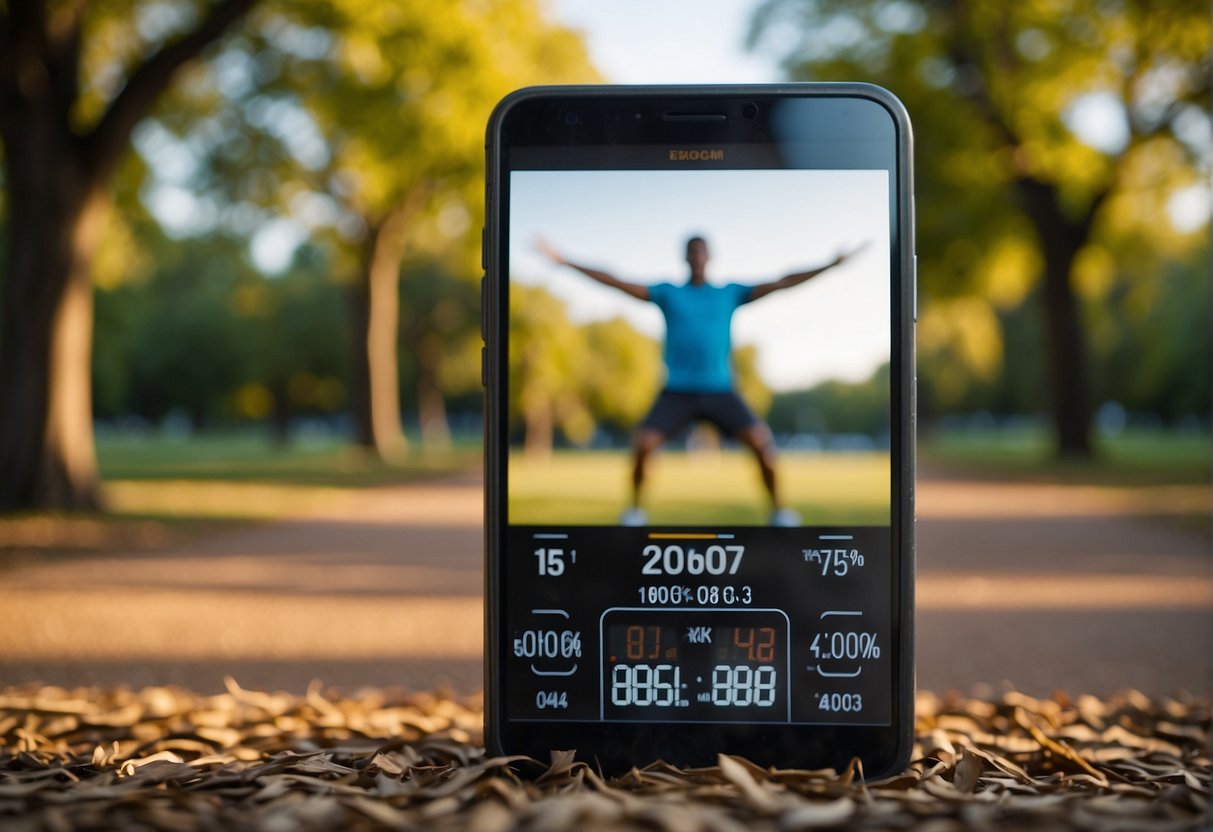How Many Calories Can You Burn Doing Jumping Jacks

In a world obsessed with fitness and the relentless pursuit of optimal health, understanding the energetic cost of our actions has become paramount. The humble jumping jack, a staple of gym classes and workout routines, often gets overlooked in favor of more complex exercises. But how many calories does this seemingly simple movement actually burn, and is it a worthwhile addition to a comprehensive fitness plan?
This article delves into the science behind calorie expenditure during jumping jacks. It explores the factors influencing the burn rate, and provides insights into how this exercise can contribute to weight management and overall fitness. We'll examine the data from reputable sources and offer a balanced perspective on the benefits and limitations of incorporating jumping jacks into your daily routine.
The Calorie Calculation: A Multifaceted Equation
The number of calories burned during any physical activity, including jumping jacks, is not a fixed value. It's a dynamic figure influenced by several key variables, primarily an individual's weight, intensity of the exercise, and duration. A heavier person will generally burn more calories than a lighter person performing the same activity for the same amount of time.
This is because their body requires more energy to move a greater mass. Similarly, increasing the intensity of the jumping jacks – by performing them faster or adding arm variations – elevates the heart rate and metabolic demand, resulting in a higher calorie burn.
Weight: The Primary Driver
Weight is perhaps the most significant factor impacting calorie expenditure. Studies have shown a direct correlation between body mass and energy consumption during physical activity. For example, a person weighing 150 pounds will likely burn fewer calories performing jumping jacks compared to someone weighing 200 pounds, assuming all other factors remain constant.
Intensity: Pushing the Limits
The intensity at which jumping jacks are performed also plays a crucial role. A brisk, energetic pace will elevate the heart rate and breathing, demanding more energy from the body. This translates to a higher calorie burn per minute compared to a slower, more relaxed execution of the exercise.
Duration: The Long Game
The longer you perform jumping jacks, the more calories you'll burn, logically. Even a relatively low-intensity activity can contribute significantly to calorie expenditure if sustained over an extended period. Short bursts of intense jumping jacks can also be effective, especially when incorporated into high-intensity interval training (HIIT) routines.
Data and Estimates: What the Numbers Say
Various studies and fitness trackers offer estimates of calorie burn during jumping jacks, but these should be viewed as guidelines rather than precise measurements. The American Council on Exercise (ACE) provides resources and tools for calculating calorie expenditure based on MET (Metabolic Equivalent of Task) values.
Jumping jacks generally have a MET value of around 5.0, meaning they require five times the energy expenditure of resting. Based on this MET value, a 150-pound person might burn approximately 90 calories in 10 minutes of jumping jacks. A 200-pound person could burn around 120 calories in the same time frame.
These figures are approximate and can vary depending on individual metabolism, fitness level, and the specific technique used. Fitness trackers and smartwatches can provide more personalized estimates, but their accuracy can also vary depending on the device and the algorithms used.
The Benefits Beyond Calories: A Holistic View
While calorie burning is a primary consideration, the benefits of jumping jacks extend far beyond weight management. This exercise is a cardiovascular workout that improves heart health, strengthens bones, and enhances coordination. Jumping jacks also engage multiple muscle groups, including the legs, arms, and core, contributing to overall muscle tone.
Moreover, jumping jacks require no equipment and can be performed virtually anywhere, making them a convenient and accessible exercise option. They are also easily modifiable to suit different fitness levels.
For example, individuals with joint problems can perform low-impact variations, such as step-out jacks, to reduce stress on the knees and ankles. Adding resistance bands can increase the intensity and target specific muscle groups more effectively. Jumping jacks offer a versatile platform for fitness enthusiasts of all levels.
The Limitations and Considerations
Despite their numerous benefits, jumping jacks are not a complete fitness solution. They primarily provide cardiovascular exercise and muscle endurance, but they may not be sufficient for building significant muscle mass or improving strength. It's crucial to incorporate a variety of exercises into a well-rounded fitness program to achieve optimal results. People with certain pre-existing conditions, such as knee problems or back pain, should consult with a healthcare professional before incorporating jumping jacks into their routine.
Additionally, relying solely on jumping jacks for weight loss may not be sustainable in the long term. A healthy diet and a comprehensive exercise plan are essential for effective and lasting weight management.
Jumping jacks should be viewed as a valuable tool within a broader fitness strategy, rather than a standalone solution.
The Future of Fitness: Integrating Simple Exercises
As the fitness landscape continues to evolve, there is a growing appreciation for the effectiveness of simple, accessible exercises like jumping jacks. The emphasis is shifting towards sustainable and adaptable fitness routines that can be easily integrated into daily life. Jumping jacks perfectly embody this trend.
Their simplicity, versatility, and accessibility make them a valuable asset for individuals of all fitness levels. Researchers are exploring new ways to optimize the benefits of jumping jacks through variations, interval training protocols, and integration with other exercises. The humble jumping jack is poised to remain a relevant and effective exercise for years to come.
Ultimately, the number of calories burned doing jumping jacks is just one piece of the puzzle. The true value lies in the overall contribution to a healthier, more active lifestyle. By understanding the factors influencing calorie expenditure and appreciating the broader benefits, individuals can effectively incorporate jumping jacks into their fitness routine and reap the rewards of this simple yet powerful exercise.


















